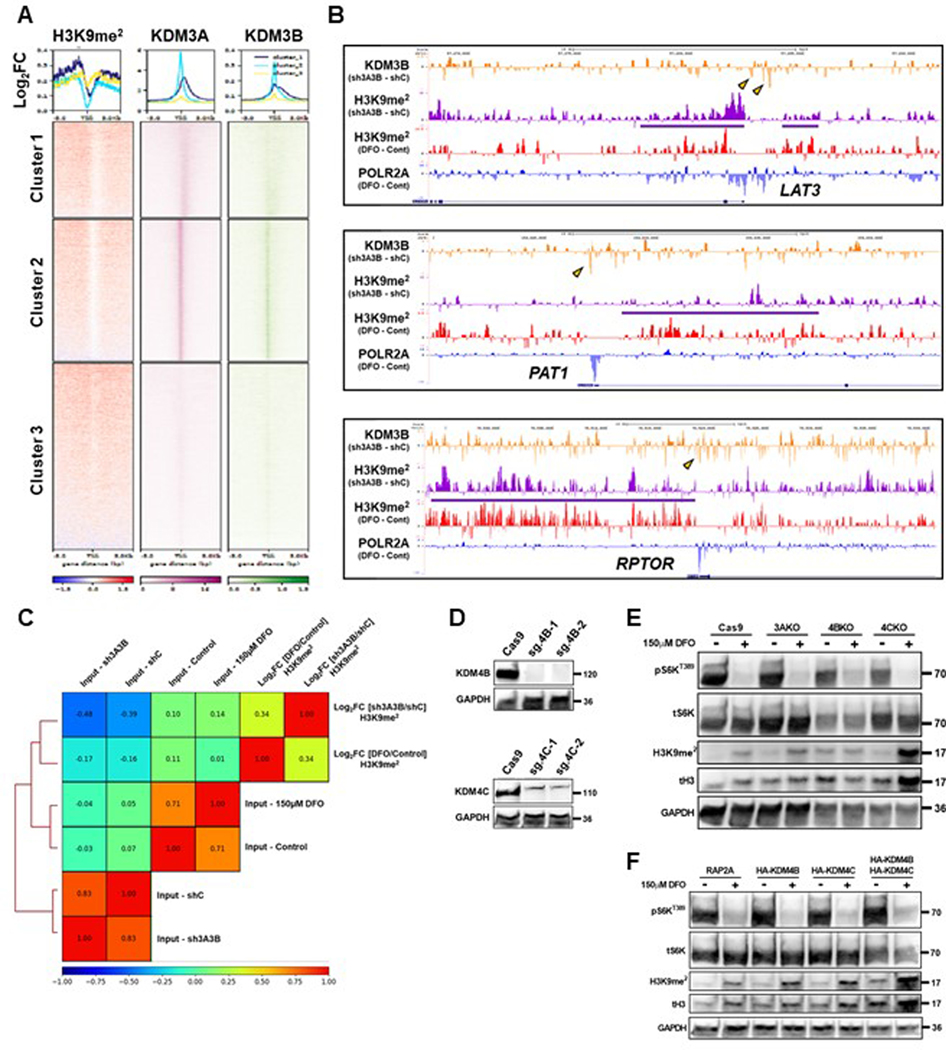Extended Data Figure 8. H3K9 di-methyl ChIP-seq signal in iron chelated samples correlate with changes after loss of KDM3A and KDM3B.
(A) Heatmap of the log2FC in H3K9me2 signal between DFO treatment and control plotted against KDM3A and KDM3B occupancy. K-means cluster =3. (B) Browser tracks with KDM3B and H3K9me2 track data from HCT116 cells treated with control shRNA (shC) or shRNA targeting KDM3A and KDM3B (sh3A3B). Track data for KDM3A was downloaded from the GEO database accession GSE127624. Track data for KDM3B and H3K9me2 from HCT116 cells were downloaded from the GEO database accession GSE71885. (C) Hierarchical clustering and correlation analysis between indicated samples using deepTools plotCorrelation. Values indicate the Pearson correlation between the sample listed in the corresponding row and column. (D) Immunoblot showing deletion of KDM4A and 4B, using CRISPR-Cas technology in HEK293T cells. Representative image of one experiment. (E) Immunoblot of mTORC1 activity and H3K9me2 in Cas9 (WT) and KDM3A, KDM4B or KDM4C KO HEK293T cells in the presence and absence of 150μM DFO for 18 hours. Representative image of one experiment. (F) Immunoblot of mTORC1 activity and H3K9me2 in HEK293T cells with overexpression of HA-tagged KDM4A, KDM4B or combination of the two proteins treated with 150μM DFO for 18 hours. Representative image of one experiment.

